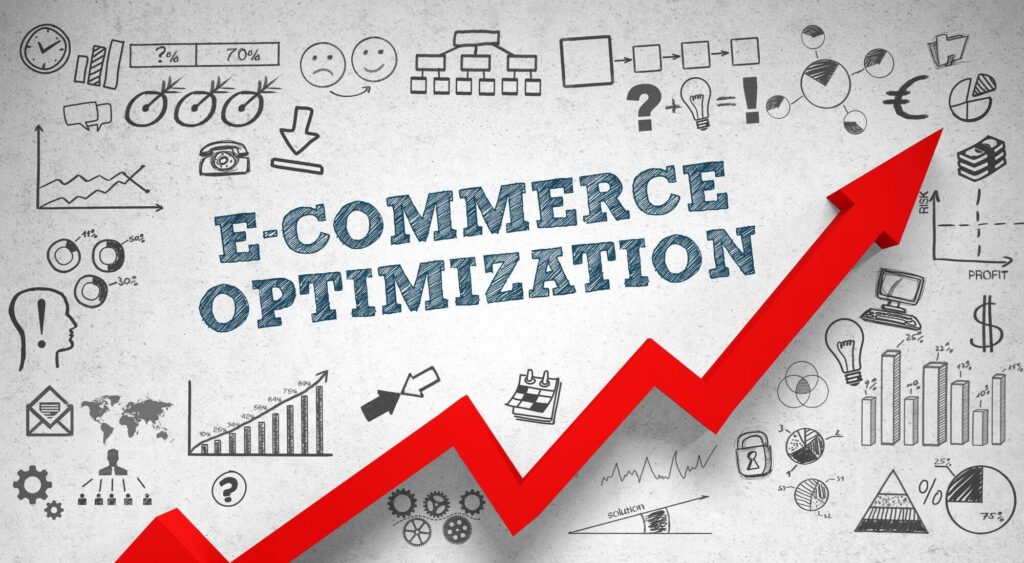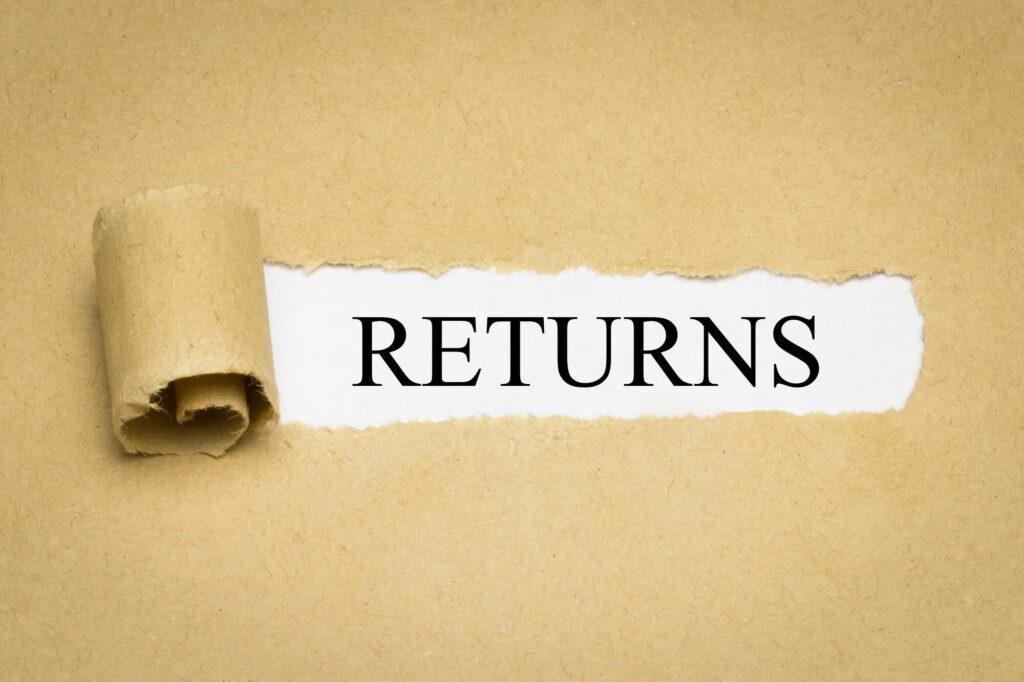Projections show that the global supply chain management market will reach a value of $19.3 billion by 2028.
Many people think that a supply chain and a value chain are the same things, but this isn’t the case. While they can both improve a business and what it offers its customers, they do this in different ways. Understanding what each one is will better help you manage them within your business.
For a comparison of value chain vs. supply chain, keep reading.
Value Chain
The value chain involves various activities that companies use to add value to their raw materials. Through this, they can create better products to sell to their customers.
Companies do this from a business management perspective. It leads to not just increased value of their products, but also the business as a whole. Some typical things a company might try to do is prepare product plans, reduce shortages, and collaborate with others in the chain.
Value Chain Steps
Inbound logistics is the process of bringing goods into a company or manufacturing facility. It is an important part of the supply chain and can significantly impact a company’s bottom line. Inbound strategies can be expensive, so it is important to carefully manage the process.
One way to do this is to use just-in-time (JIT) inventory management, which minimizes the amount of inventory that a company needs to maintain. This can reduce costs and improve cash flow. JIT inventory management can also help to improve customer service levels by reducing lead times.
Outbound Logistics
Outbound logistics is the process of moving finished products from a manufacturing
plant to the customer. This can involve various transportation methods, including shipping, trucking, and rail.
Outbound logistics is typically managed by a company’s shipping department. This department coordinates the movement of goods and ensures that they are delivered right on time.
In many cases, outbound is also responsible for handling returns and exchanges. By managing outbound strategies effectively, companies can ensure that their products reach customers promptly and efficiently.
Why Is It Important?
When providing goods or services for customers, good value chain management can help them generate value that goes beyond the cost to the customer. There are 5 main steps to the value chain process. Your company can gain an advantage over your competitors by maximizing the activities in any of these steps:
- Inbound Logistics: These first steps involves receiving, storing, and distributing/inventory control.
- Manufacturing Operations: Any processes that transform raw materials into finished products, e.g. assembly and manufacturing
- Outbound Logistics: Processes that take a product from your company to the
customer, such as warehousing, order fulfillment, and shipping. - Marketing and Sales: Making the public aware of your products or services and
encouraging them to make a purchase. - Services: Activities that improve and maintain the value of a product, including
customer support and warranties.
On top of these main steps, you can also include a range of support activities to further increase the value of your goods or services. This can include things like:
- Technology development
- Procurement
- Firm infrastructure
- Human resource management
Implementing these support activities will streamline the five main steps. This makes overall business operations much smoother.
A good value chain will be determined by what the customer wants/needs. You should pay attention to the customer and perform a value chain analysis to determine how effective your processes are. You can improve the effectiveness of your value chain management through things like research and development, marketing, innovation, and product testing.
Global Value Chain
A global value chain has a similar purpose, but the steps can take place across various countries rather than just a single location. This makes things more complex but can generate increased trade. It allows companies to produce specialized parts at a large scale and helps build relationships between firms.
Supply Chain
The supply chain is more about the flow of different elements. This could be products, information, materials, and funds and can cover any stage from the creation of a product to selling it to a customer. The supply chain includes any functions that are part of receiving and fulfilling customer requests, including:
- Product development
- Operations
- Distribution
- Customer service
- Marketing
- Finance
All companies need to place a lot of focus on supply chain management. It’s not simple, so a supply chain manager needs to know what they’re doing. Many people think that the supply chain is all about the transportation and logistics of goods, but that’s only a part of it.
Supply chain analysis needs to take into account product manufacturing (time and methods), as well as transportation methods and last-mile delivery. It also includes the cost of materials and ways in which the cost can be reduced for customers while increasing the manufacturer’s profits.
Global Supply Chain
A global supply chain spans multiple countries, and maybe even continents. It often involves eCommerce logistics, as the increased use of online shopping has created significant growth in global supply chains.
They can be more cost-effective as they may enable a company to source labor or resources from countries where these cost much less. Implementing a global supply chain can give you a competitive edge and you may be able to provide more specialized products. For online businesses, eCommerce delivery can make the process quicker and easier.
Global supply chains often have longer lead times, and they can present reputational risks. Your company may be exposed to modern slavery, which can damage your brand and present financial risk. There can also be communication issues, and any problems that occur in other countries within your supply chain can affect your activities.
Supply Chain vs. Value Chain: The Key
Differences
The supply chain relates to all activities, businesses, and people involved in transporting a product between two locations. The value chain doesn’t relate so much to a product in terms of its location, but ways in which it can be improved through every step of the process.
The value chain concept comes from a business management perspective, whereas the supply chain is from an operational management viewpoint. Within the value chain, the main stakeholders are investors and shareholders. In the supply chain, it’s the partners.
The value chain covers everything from a customer request up until the finished product. The supply chain spans further as it begins with the product request and ends when the customer receives the product.
While both processes can benefit the customer, the main purpose of the supply chain is to improve customer satisfaction. The value chain, however, is focused on giving the customer better value.
Value Chain vs. Supply Chain Solutions
When looking at value chain vs. supply chain, it’s clear that the two differ. There are, however, some solutions that can help with both.
ACI Logistic is a logistics and distribution service for both online and offline commerce. We can help deliver your products with speed and visibility across the whole distribution process. If you have any questions about our services click here to contact us today.

Join our Newsletter
Get all the latest news directly to your inbox!

Join our Newsletter
Get all the latest news directly to your inbox!
Related Posts
- March 1, 2024




